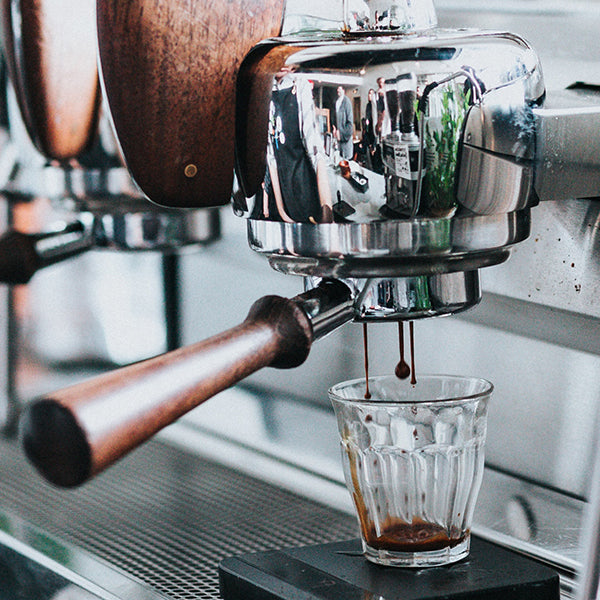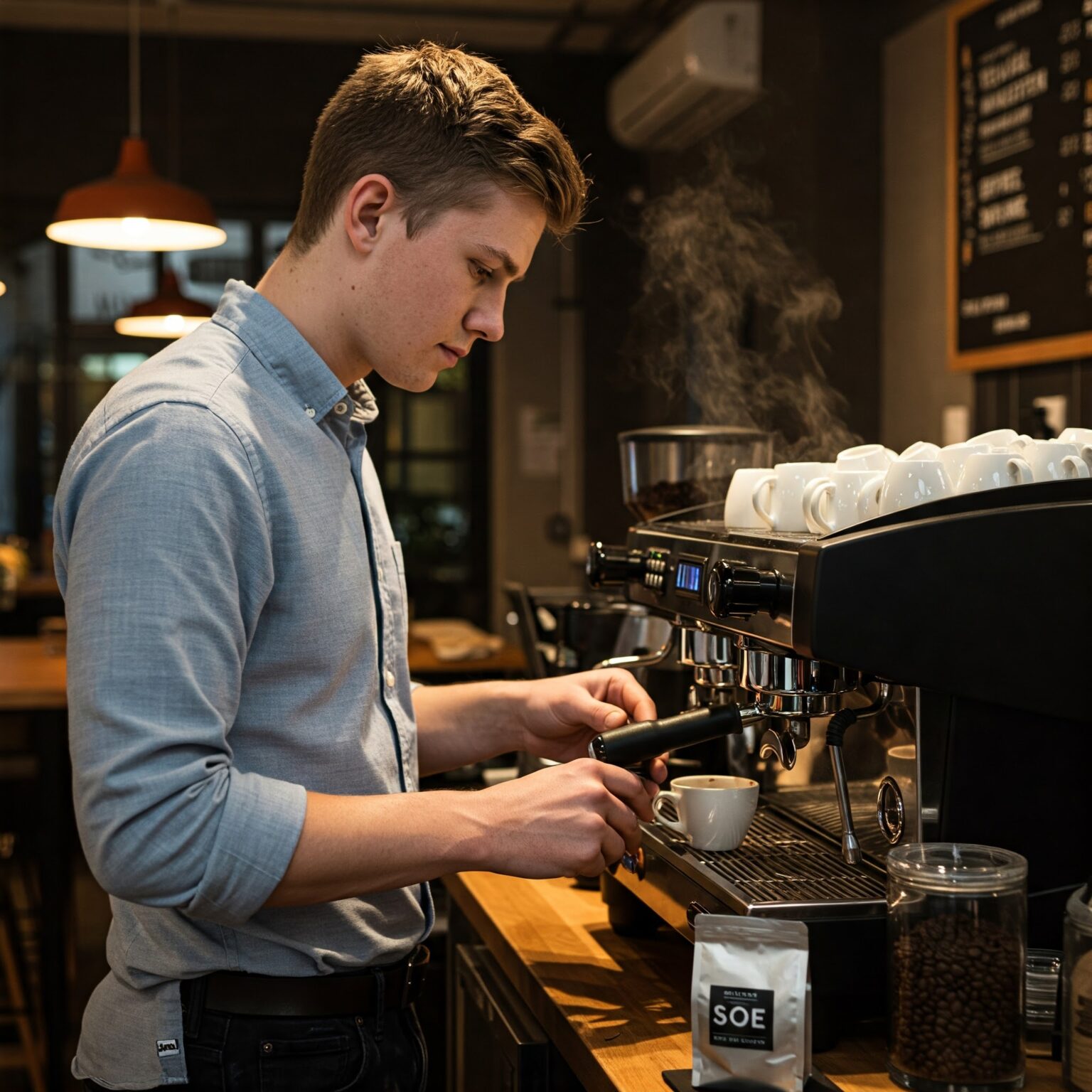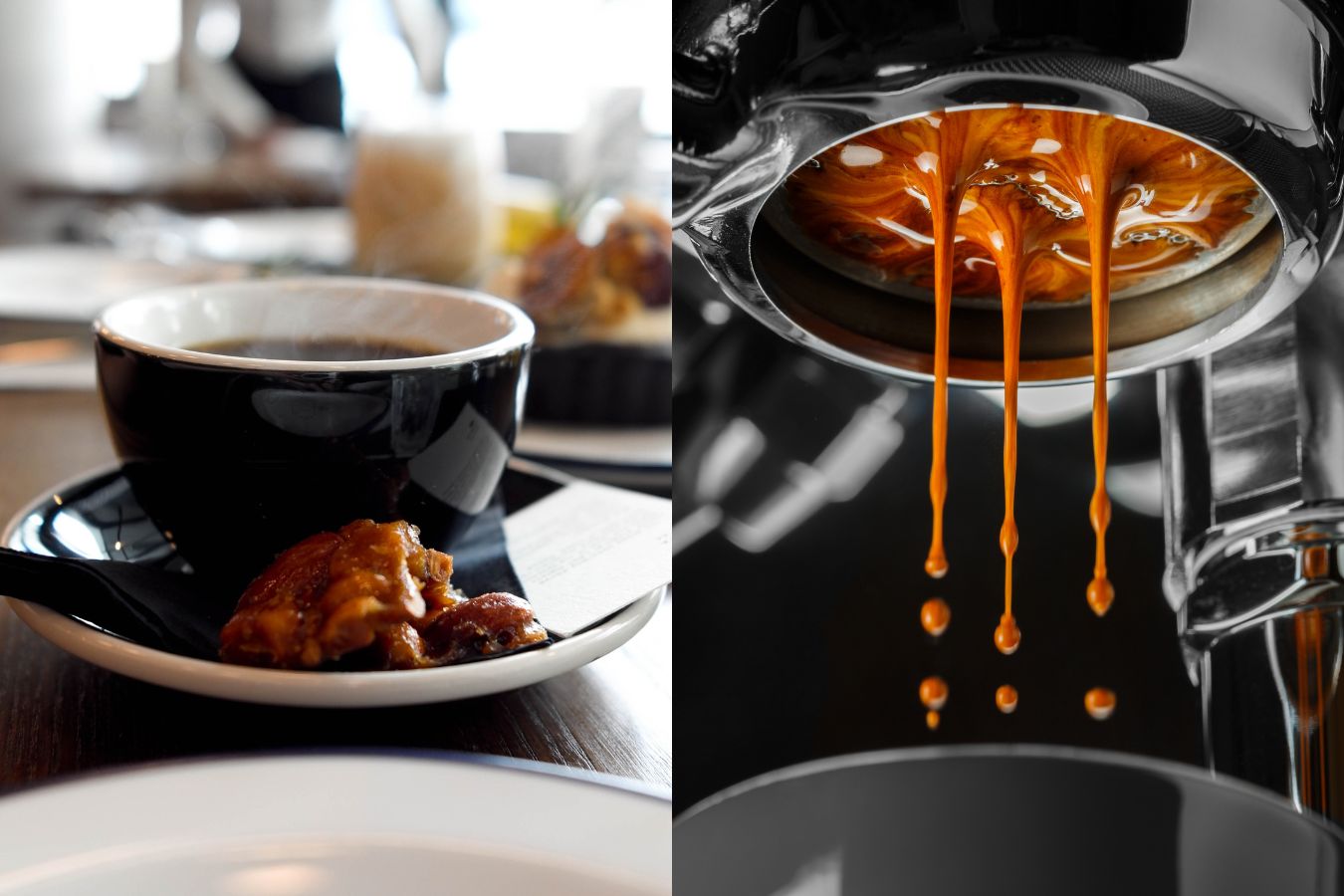Checking Out the Rich Tastes of Coffee Beans: a Deep Dive Into Coffee and Blended Coffee Beans
When you discover the abundant flavors of coffee beans, you uncover a complex world where each variety brings its very own personality to your cup. As you navigate through the art of coffee and the imagination behind mixed coffees, you'll begin to appreciate the subtleties that make each sip special.
The Beginnings of Coffee Beans: Exploring Terroir and Flavor Profiles
When you take a sip of coffee, you're not simply delighting in a beverage; you're experiencing an abundant tapestry of flavors formed by the beans' origins. Each area produces one-of-a-kind flavor accounts affected by elevation, climate, and soil. For example, beans from Ethiopia typically rupture with brilliant, fruity notes, while those from Colombia have a tendency to provide a balanced, nutty sweetness.
As you discover different origins, you'll notice exactly how terroir-- the environmental elements impacting a crop-- plays a crucial function - Single Origin Espresso. The exact same coffee variety can taste considerably various depending on where it's expanded
When you think about these factors, you begin to value the complexity behind your cup. Each sip informs a tale of the land and the farmers who supported the beans. So, following time you indulge, believe about the trip your coffee took before it reached your hands, and relish those elaborate tastes that reflect its beginning.
Recognizing Coffee: The Art and Scientific Research Behind the Mixture
When you think of espresso, it's not almost the solid taste; it's likewise about the techniques that bring it to life. Recognizing just how various prep work techniques impact taste can transform your brewing experience. Allow's discover the intricacies of espresso preparation and uncover the distinct flavor profiles that make each cup special.
Espresso Preparation Techniques
Espresso preparation is both an art and a scientific research, combining accurate techniques with a deep understanding of coffee. To start, you'll intend to select top notch, newly roasted beans and grind them carefully for optimal extraction (Single Origin Espresso). The work dimension is vital; also rugged, and your espresso will certainly be weak, too great, and it'll be bitter
Next, tamp the premises uniformly in the portafilter to guarantee consistent removal. When you lock it into the machine, go for a brewing temperature in between 190 ° F and 205 °
F.As you draw the shot, expect the perfect extraction time-- around 25-30 secs. The result must be an abundant, creamy espresso with a gorgeous layer of crema on top. With practice, you'll understand these techniques.
Taste Profiles Described
The globe of coffee uses an abundant tapestry of flavor profiles that can raise your coffee experience. When you take that initial sip, you'll discover a balance of sweetness, resentment, and level of acidity. Each espresso bean brings one-of-a-kind notes, from fruity and floral to nutty and chocolaty. Light roasts commonly display intense level of acidity and dynamic flavors, while dark roasts present deeper, bolder tones.
A well-crafted blend might harmonize the intense notes of an Ethiopian bean with the abundant, chocolatey undertones of a Brazilian bean. Embrace the journey of finding espresso's varied flavors, and you'll transform your coffee routine into an exciting adventure.
Processing Methods: How They Influence Flavor and Aroma
While it might appear that the beginning of coffee beans is the most significant consider establishing their taste and fragrance, the processing methods used post-harvest play a just as important role. You'll locate that these techniques can substantially change the final preference account of your cup.
For circumstances, the washed procedure eliminates the fruit from the beans before fermentation, usually causing a cleaner, brighter flavor. The natural procedure leaves the fruit intact during drying out, resulting in a sweeter, fruitier profile.
Various other approaches, like honey processing, strike an equilibrium, allowing some fruit mucilage to stay, providing an one-of-a-kind complexity.
Each handling technique engages with the beans' inherent attributes, boosting or muting certain flavors and scents. When you sip that espresso or mixed coffee, bear in mind that the journey from cherry to cup is affected not simply by origin however additionally by how those beans were refined.
Toasting Techniques: Opening the Complete Potential of Coffee Beans
Roasting strategies are important for exposing the complete capacity of coffee beans, click this link as they change raw, environment-friendly beans right into the aromatic, tasty coffee you delight in. The option of toasting approach-- light, tool, or dark-- significantly affects taste accounts.
A slower roast at reduced temperature levels enables for intricate tastes to create, while a quicker roast can increase resentment. By mastering these strategies, you'll disclose a world of flavor, boosting your coffee experience to brand-new heights.
The Magic of Blended Coffee: Creating Unique Taste Experiences
Producing a special flavor experience with blended coffee can change your early morning ritual into an exploration of preference. By combining various beans from various regions, you can reveal a symphony of flavors that raise your cup to new elevations. Each mix deals a distinct profile, balancing body, level of acidity, and sweetness to develop something really special.
When you select a blend, you're not simply choosing a coffee; you're picking a journey across diverse landscapes and cultures. Trying out various combinations allows you to find your individual favorites, whether you take pleasure in fruity notes or rich, chocolatey undertones.

Sampling Notes: Recognizing the Subtleties in Your Mug
As you sip your coffee, you may see a spectrum of flavors dancing on your taste buds, each exposing the details of the beans. You might taste the intense level of acidity reminiscent of citrus or the deep, rich notes akin to dark chocolate. The sweet taste might stimulate honey or sugar, stabilizing the overall profile wonderfully.
Take notice of the body of the coffee-- does it really feel airy and light, or is it full and creamy? The surface, as well, uses ideas; a lingering aftertaste may hint at nuttiness or floral undertones.

Do not neglect to discover the unique qualities of different origins, as each area presents distinctive tastes - Single Origin Espresso. For instance, Ethiopian coffees typically present fruity notes, while Colombian beans might showcase a more rounded sweet taste. By identifying these nuances, you'll deepen your appreciation for each and every mug, raising your coffee experience to new elevations

Brewing Approaches: Maximizing Flavor Removal for every single Bean
When you check out the various developing approaches, you'll uncover that each strategy can substantially affect the flavor account of your coffee. From French press to pour-over, each technique extracts different substances, improving or muting specific notes. As an example, making use of a French press permits oils to continue to be in the brew, creating a richer preference, while pour-over highlights quality and brightness.
Temperature and grind dimension additionally play necessary here are the findings roles. A coarser work works best for cool mixtures, while a great grind is ideal for coffee. Trying out water temperature level-- in between 195 ° F and 205 ° F-- can disclose concealed tastes, too.
Don't forget steeping time; a fast removal can lead to sour notes, while over-extraction might generate bitterness. By changing these variables, you can make the most of taste removal and absolutely elevate your coffee experience. Take pleasure in the trip of uncovering what method finest matches your taste!
Frequently Asked Questions
What Is the Suitable Water Temperature Level for Brewing Coffee?
The suitable water temperature level for brewing coffee's between 195 ° F and 205 ° F. If you utilize water that's also hot, you'll over-extract flavors; also chilly, and you will not remove enough. Go for that pleasant spot for the ideal mixture!
How Does Grind Dimension Impact Coffee Flavor?
Grind dimension considerably affects coffee flavor. Finer grinds essence extra tastes and oils, causing a bolder taste, while coarser grinds yield a lighter flavor. Readjusting work size assists you accomplish your preferred coffee account.
Exist Wellness Benefits Related To Alcohol Consumption Coffee?

What Is the Difference Between Arabica and Robusta Beans?
Arabica beans are smoother and sweeter, often including fruity tastes, while robusta beans are more powerful with a bitter taste and higher high levels of caffeine web content. You'll observe these differences in aroma and developing experience.
Exactly How Can I Store Coffee Beans for Quality?
To keep coffee beans for freshness, maintain them in a closed container, away from wetness, light, and heat. If you only grind what you require right before developing., you'll preserve their taste much longer.
Exploring the Abundant Tastes of Coffee Beans: a Deep Dive Into Espresso and Blended Coffee Beans.
When you check out the rich tastes of coffee beans, you discover a complex globe where each range brings its own personality to your cup.When you take a sip of coffee, you're not simply appreciating a drink; you're experiencing an abundant tapestry of flavors shaped by the beans' origins.Roasting techniques are essential for exposing the complete capacity of coffee beans, as they transform raw, environment-friendly beans right into the aromatic, tasty coffee you delight in.As you sip your coffee, you might see a range of flavors dancing on your palate, each disclosing the ins and outs of the beans.
Comments on “How SOE Single Origin Espresso Improves Your Daily Coffee Ritual”